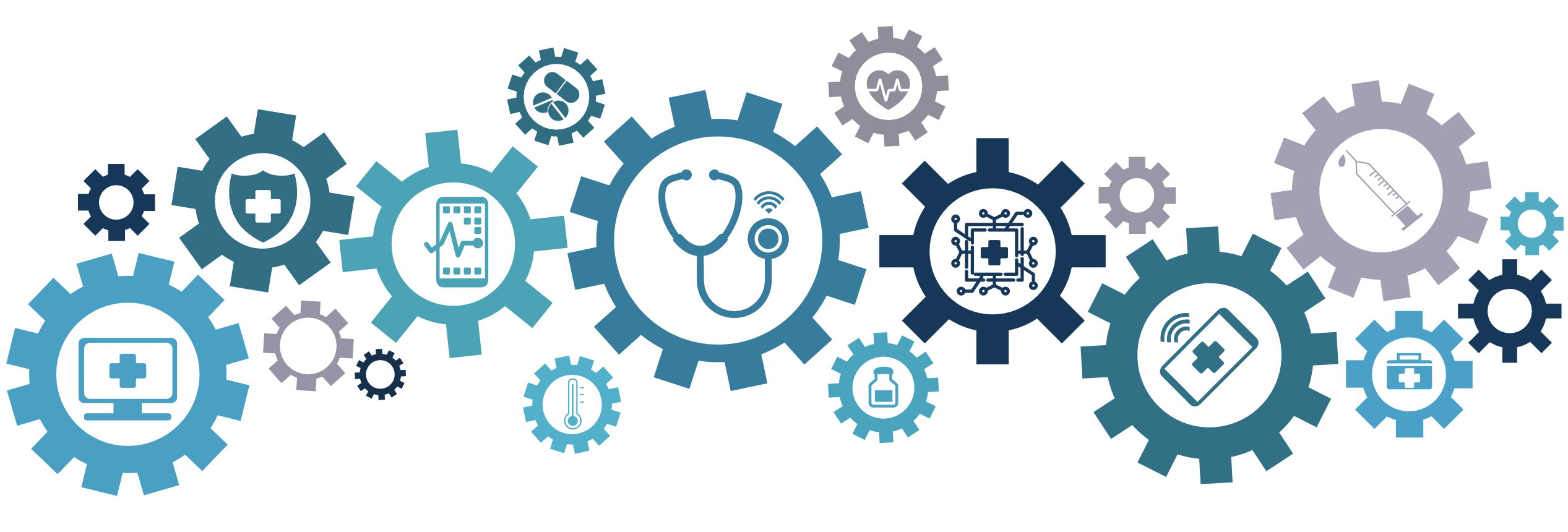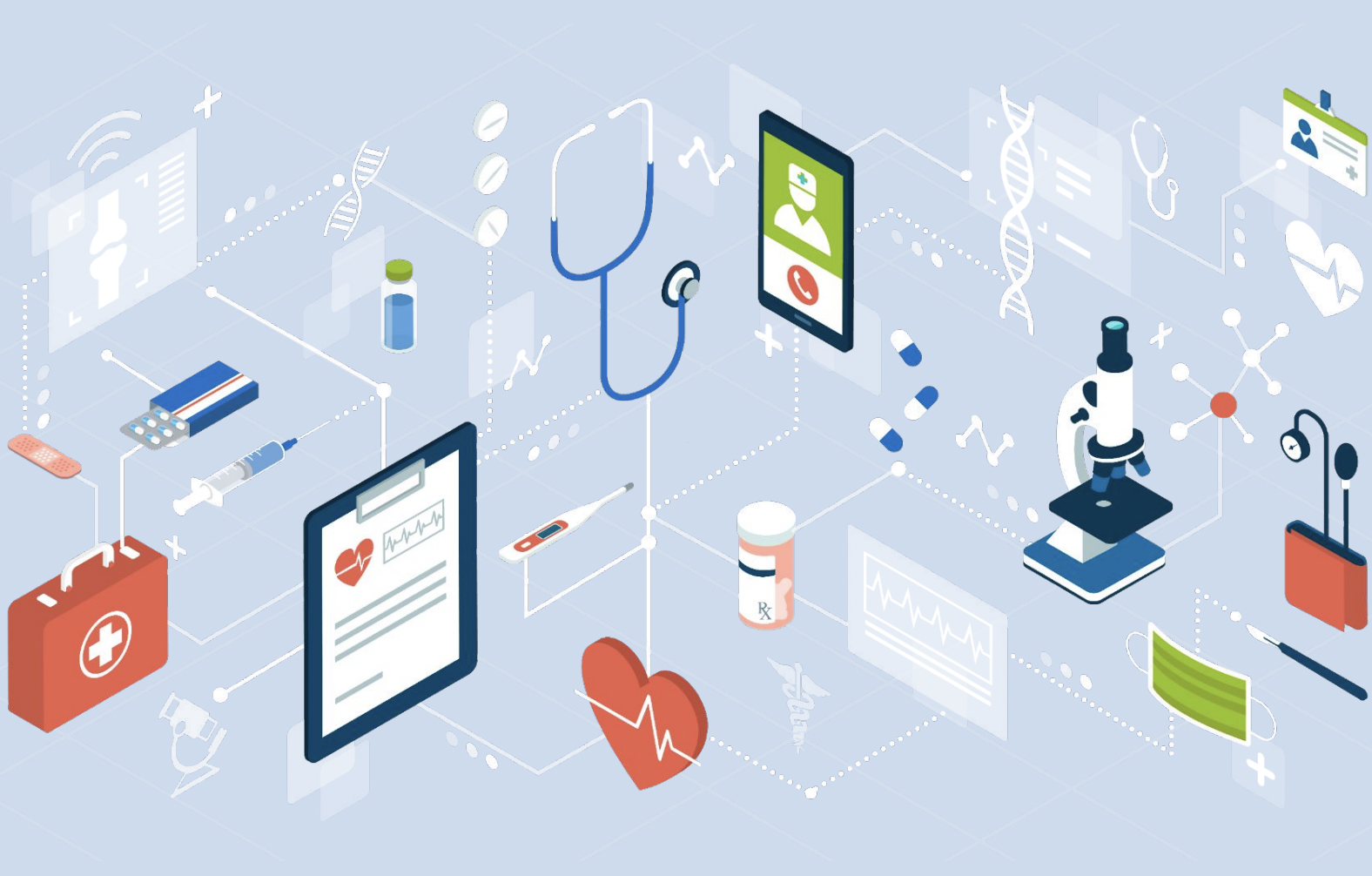In a recently released report from the Centers for Medicare & Medicaid Services, CMS Administrator Chiquita Brooks-LaSure explained, “Over the past year, the public health emergency has highlighted the disparities in the U.S. health care system, while at the same time demonstrating the positive impact of innovative policies to reduce these disparities. CMS aims to take the lessons learned during this time and move forward toward a system where no patient is left out and everyone has access to comprehensive quality health services.”
One of the ways that CMS plans on continuing to move towards greater access to quality healthcare is through a proposed rule aimed at expanding its Remote Patient Monitoring (RPM) program, adding in new RPM coverage codes to expand healthcare coverage. The CMS released the proposed 2022 rule on July 13, 2021, and the final rule will determine Medicare (and other) reimbursement rates that will become effective January 1, 2022. To understand a basic history of RPM programs and detailed information on how it works, check out one of our latest blogs.
Proposed rule expands greater access to remote healthcare
Telehealth management programs like Chronic Care Management (CCM) and RPM continue to see strong backing from CMS, which is the largest payer in the country. Generally, when CMS takes the lead, it sets the path for other payers to follow. The proposed rule would significantly increase CCM reimbursement rates, particularly for codes 99490 and 99439, which look to increase by 64%, with the billing requirements for those codes unchanged.
Currently, there are no proposed changes for existing RPM codes or reimbursement rates, which already reimburse between $100 and $200 per patient per month. However, a new remote monitoring codeset is set to expand services beyond the current scope to include a broader set of monitoring programs. CMS is calling this service Remote Treatment Monitoring (RTM) and modeling it after RPM.
Key features of the Proposal
- RTM will not require measurement to be automatically, digitally uploaded (RPM does). It will require timed virtual care and interactive communications—like with RPM.
- RTM timed care will be limited to a QHP as the provider instead of a care team working under general supervision of the QHP. However, the QHP group will include a broader set of providers, including therapists.
- Providers who currently only offer RPM will have greater financial incentive for adding CCM for qualifying patients to be able to best fund their virtual care programs.
- Building off of guidelines set by the American Medical Association’s Digital Medicine Payment Advisory Group over the past year, CMS has proposed the following CPT codes for RTM coverage:
- CPT code 989X1: Remote therapeutic monitoring (e.g., respiratory system status, musculoskeletal system status, therapy adherence, therapy response), initial set-up and patient education on use of equipment;
- CPT code 989X2: Remote therapeutic monitoring (e.g., respiratory system status, musculoskeletal system status, therapy adherence, therapy response), device(s) supply with scheduled (e.g., daily) recording(s) and/or programmed alert(s) transmission to monitor respiratory system, each 30 days;
- CPT code 989X3: Remote therapeutic monitoring (e.g., respiratory system status, musculoskeletal system status, therapy adherence, therapy response), device(s) supply with scheduled (e.g., daily) recording(s) and/or programmed alert(s) transmission to monitor musculoskeletal system, each 30 days;
- CPT code 989X4: Remote therapeutic monitoring treatment management services, physician/other qualified health care professional time in a calendar month requiring at least one interactive communication with the patient/caregiver during the calendar month; first 20 minutes; and
- CPT code 989X5: Remote therapeutic monitoring treatment management services, physician/other qualified healthcare professional time in a calendar month requiring at least one interactive communication with the patient/caregiver during the calendar month, each additional 20 minutes (List separately in addition to code for primary procedure).
We encourage you to learn more about these new programs. Here are what leading law firms, Foley & Lardner LLP and Nixon Gwilt Law are saying about RTM, RPM, and these new types of coverage.
1bios has the necessary tools to seamlessly integrate RTM into your practice
At 1bios, we are already building the software tools and support for RTM to ensure seamless integration with your current RPM, CCM, and other programs. Our best-in-class RPM/CCM automation software, turnkey device logistics, and future-proof care team approach will ensure you achieve both short- and long-term success. We can also come alongside your practice to help you offer RTM as a stand-alone service.
1bios provides software and solutions that make it easy for group practices and care teams to deliver virtual health programs that generate new revenue and improve health outcomes. If you have more questions about which program is right for you, here is a basic guide to help you understand your options. To learn more about RPM, CCM, RTM, and other virtual care programs, schedule a virtual meeting or phone call today!



